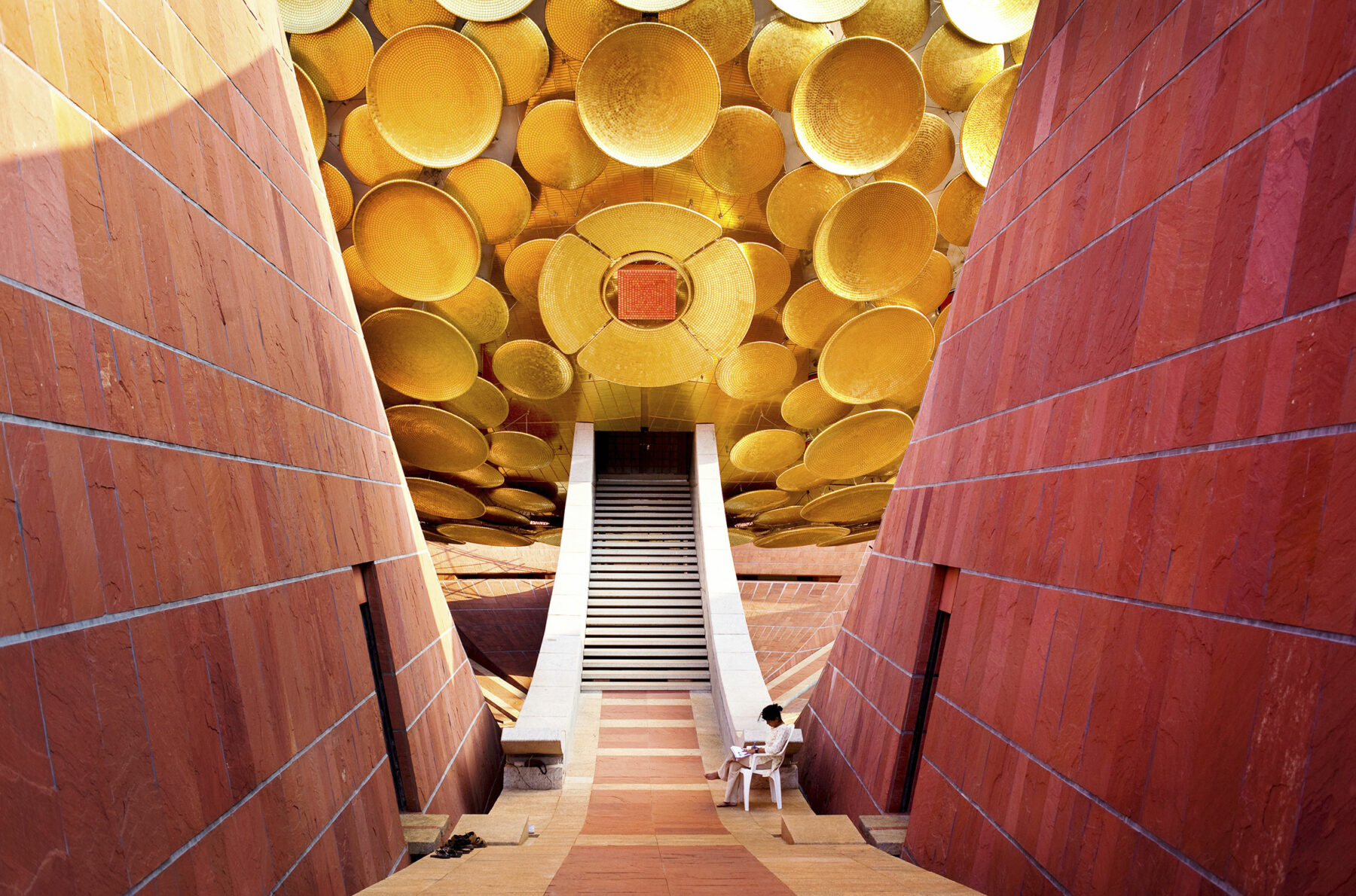Imagine you could build your own city from scratch. What kind of place would it be? Who would come to live with you? What kind of rules would make for a peaceful community? How would your city be self-sustaining? And most of all, what will you be teaching your children?
Those must have been questions the founders of Auroville asked themselves in 1968 when they built their very own city ten kilometers north of Puducherry, only a short distance from the Bay of Bengal. As the founding myth states, representatives from 124 nations came together with a handful of dust from their homelands to be unified in a marble clad urn. This symbolic gesture, which remains at the heart of Auroville reminds its people of the core idea: a city dedicated to human unity and international understanding.
Founded on the spiritual work of Sri Aurobindo and Mirra Alfassa, called The Mother, Auroville was meant not only as a physical place to come to, but as a state of mind that would overcome social, moral, cultural, racial, and hereditary appearances. For someone who has never been, Auroville’s charter will perhaps evoke a paradisiac image, but in reality, you will find wifi, motorcycles and most modern conveniences that we try to escape from when trading Western life with a place like the City of Dawn. But this just seems to be one of the cliché misconceptions about Auroville, a place that’s much more complex than our mere need for retreat.
Auroville in the south east of India
“Auroville feels like a spiritual home to me. It didn’t take long for me to be comfortable there.”
Anne Schönharting came here for first time in 2009 and she admittedly: “imagined it like life on another planet.“ A year before, for the first time in history, more people had lived in cities than in rural areas—a shift the Ostkreuz photographers were capturing with an exhibition challenging the notion of the city. This was when Anne first started researching and preparing for Auroville. “I had been to India several times before, but Auroville is just entirely different and I wouldn’t want to compare it to any other place,” she says. “Auroville feels like a spiritual home to me. It didn’t take long for me to be comfortable there.”
Auroville is not immune to the social problems that can be found anywhere else—and it would be naive to believe that life in a place with intentionally less order and structures wouldn’t generate conflict and violence. But what is it that makes Auroville such a special community? “What I like most about Auroville is that it was never an idea for people to submit to the same way of life here,” explains Anne. “Having grown up in the GDR I know all too well that equality, as in, sameness is not a concept that works out for a society.“
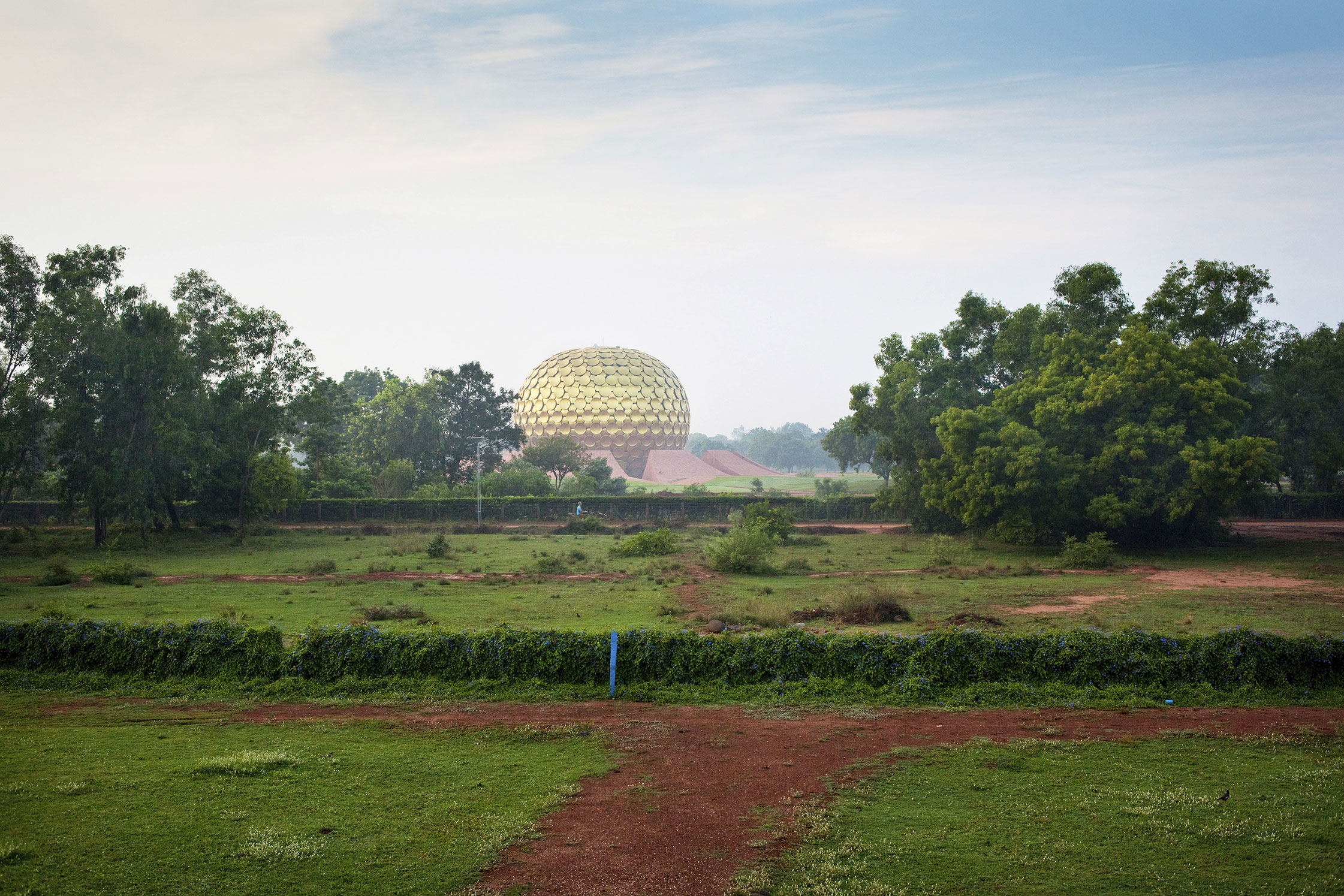
The Matrimandir is translated to “the temple of the mother“ and sits at the very heart of Auroville, offering a silent space for meditation.
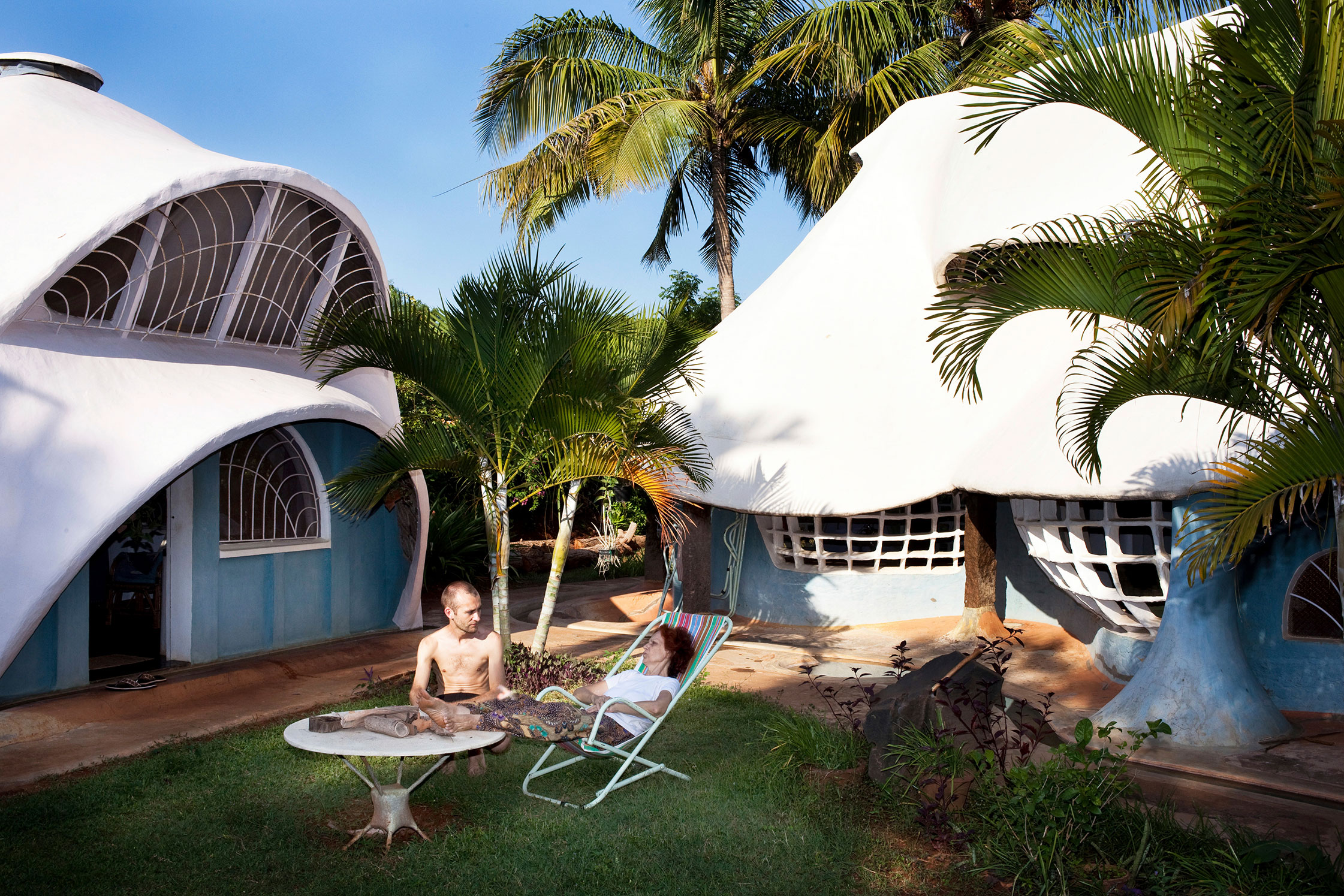
Tocelyne from France with her daughter’s former boyfriend in front of the house they built themselves
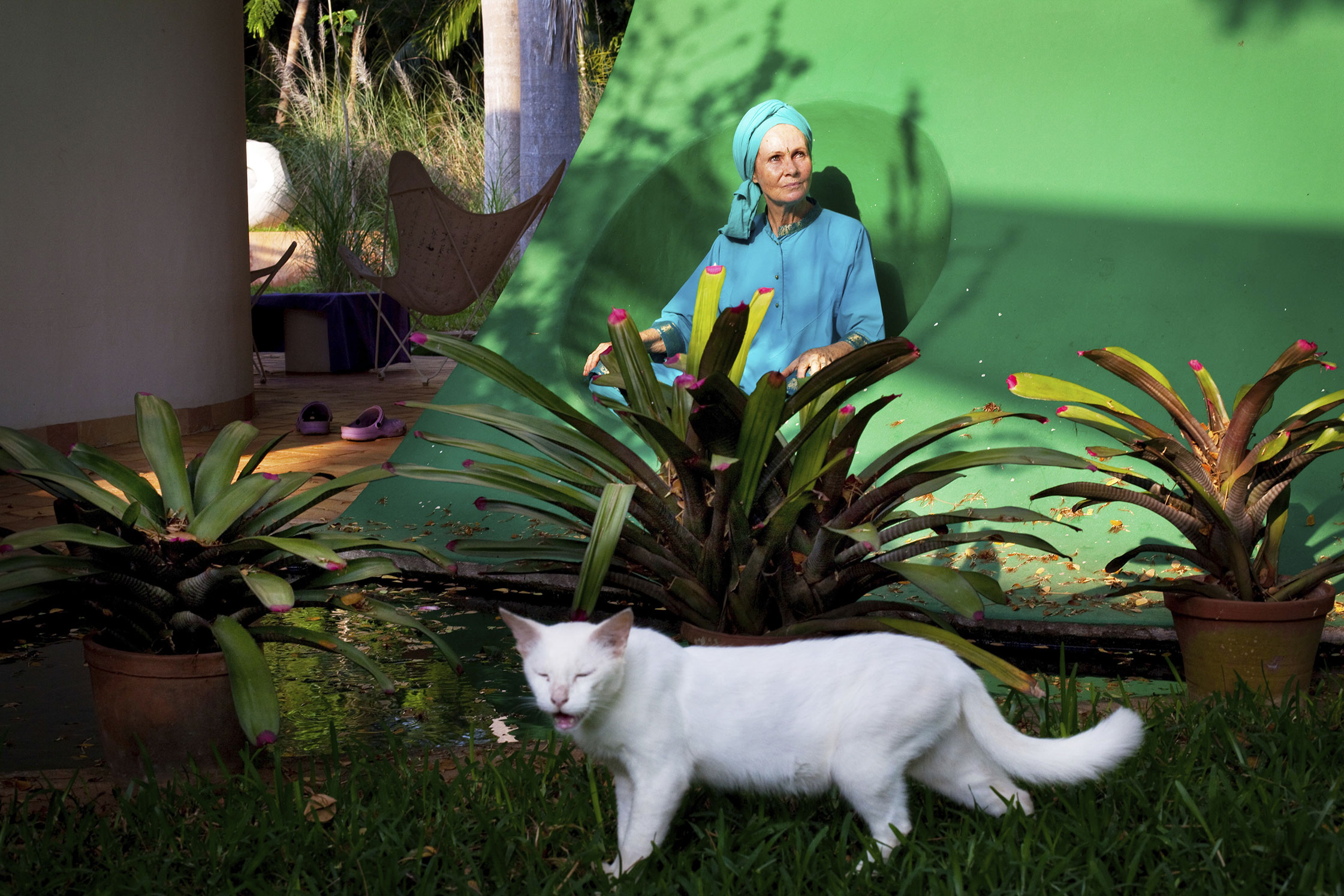
Chantal Gowa, paintress
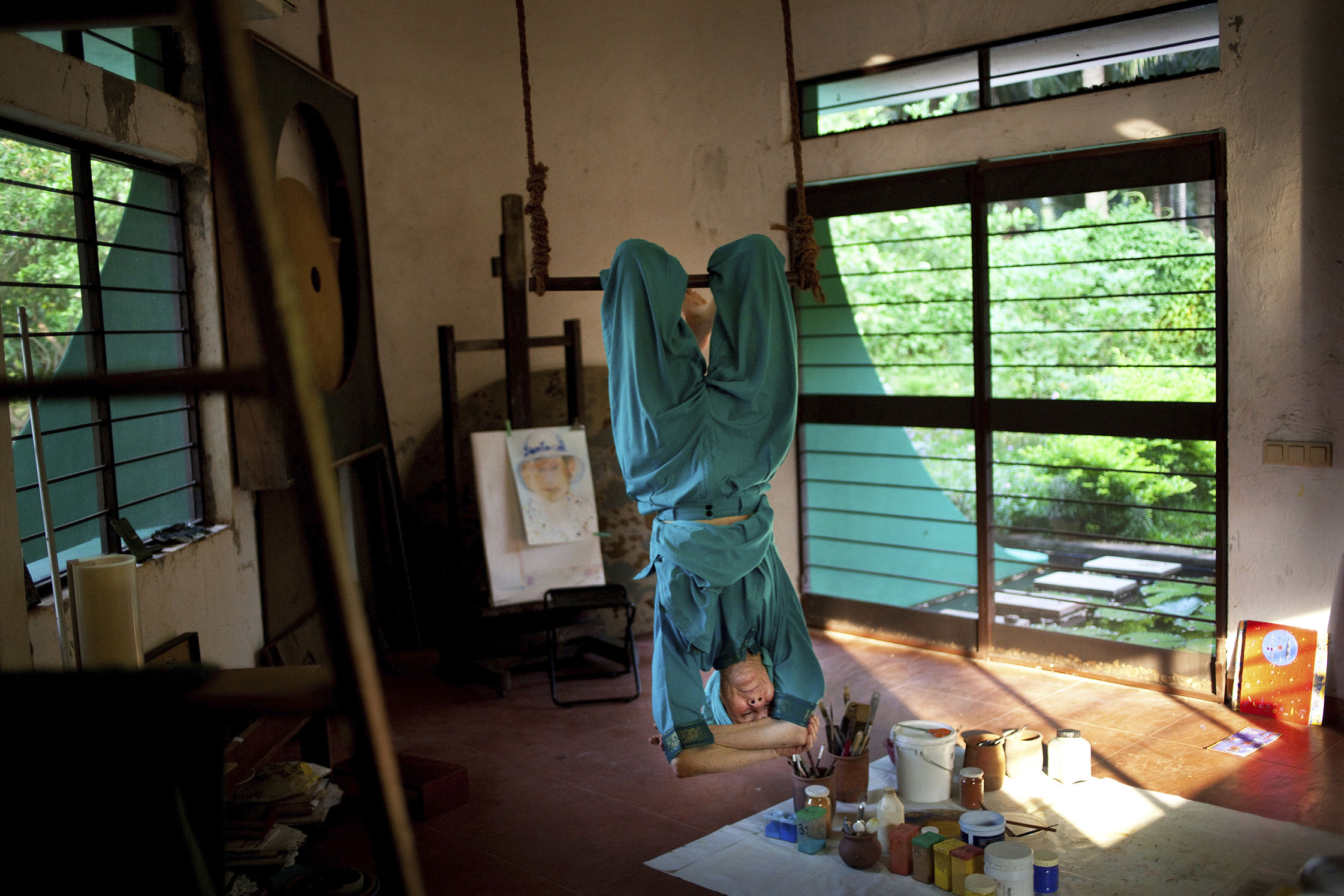
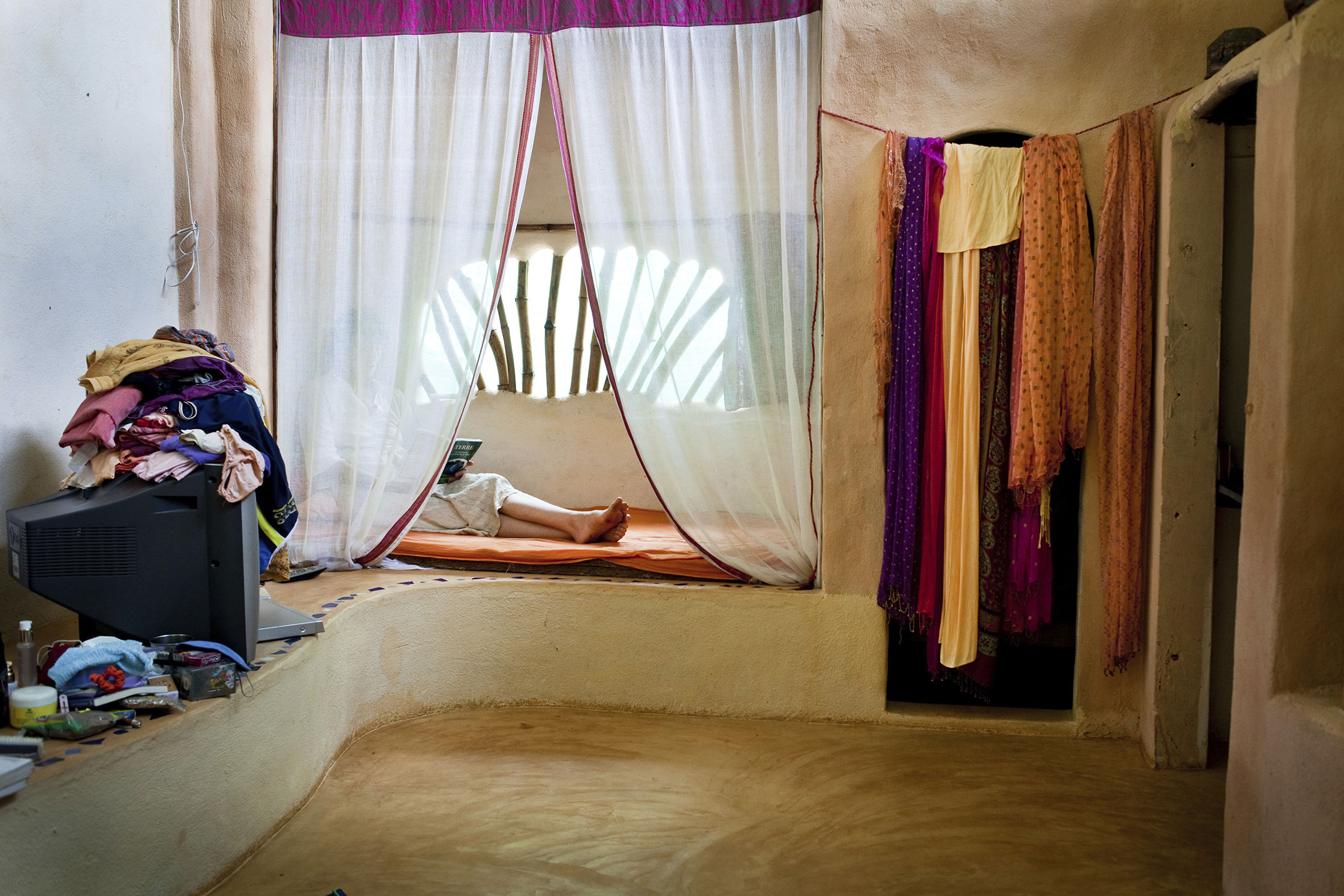
“I didn’t arrive with a fixed concept in my head, I was trying to get to know the people first before I would take photos of them.”
At first sight, the search for photographic motifs might be an easy one in Auroville, with its radical architecture and beautiful plant life. But to capture the essence of the people here demands an entirely different approach. “I didn’t arrive with a fixed concept in my head, I was trying to get to know the people first before I would take photos of them,” explains Anne, aware that one couldn’t just come to Auroville and start exposing what others had chosen as their life. “The Aurovillians do work a lot, so it’s actually hard to catch them and it also gets dark pretty early. So I was making appointments before I met people and then the person I photographed would recommended a new contact.” It might be the slow approach that can be recognized in Anne’s photography, but it is also something else: “Auroville was my first series shooting with a digital camera. Before I had exclusively worked with a medium format. I think the transition from the 6×6 to the 35mm format enlarged the distance between the person I was portraying and myself. This might have changed my way of seeing to a more documentary perspective.”
What unites the people of Auroville in Anne’s eyes, is the very fact that they came to this place out of a free and conscious choice and with the intention to build something. While the ‘inner work‘ seems to be a big part in the life of an Aurovillian, the different ways of life lived here also manifest in the buildings. Anne still remembers the story of Inge, who came to Auroville from Germany and rejected any kind of property and the claim of space. Consequently her house, which was planned by architect Dominic Dube, has no windows or doors and Inge sleeps on the roof. The very few personal belongings she has, like her laptop, are stored in a small cabinet that she can lock. Anyone is welcome to her place including Anne. “Sitting by the fire with her, I felt really comfortable. It is the unconditional way Inge let me into her life, if only for a short time, that still resonates with me.”
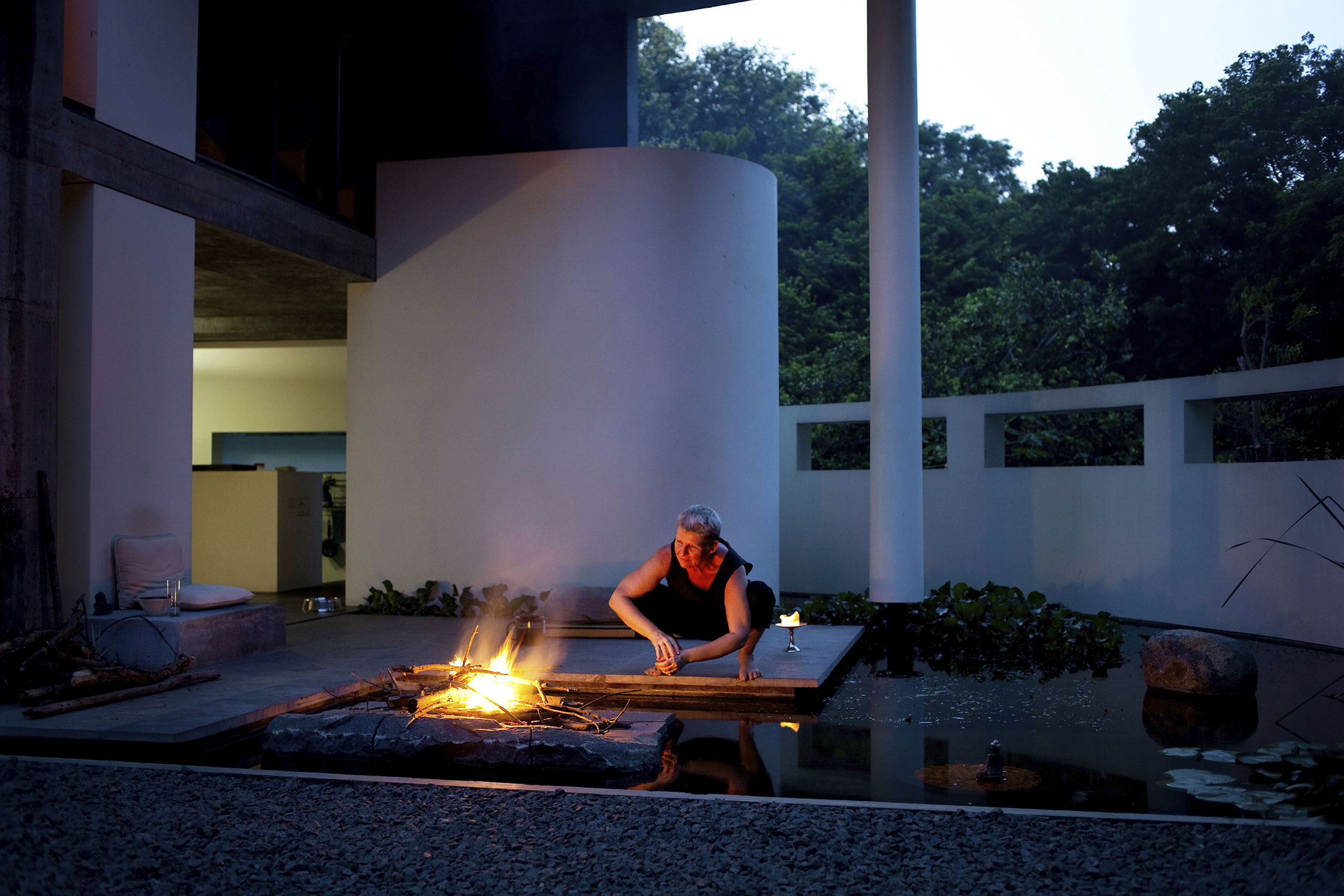
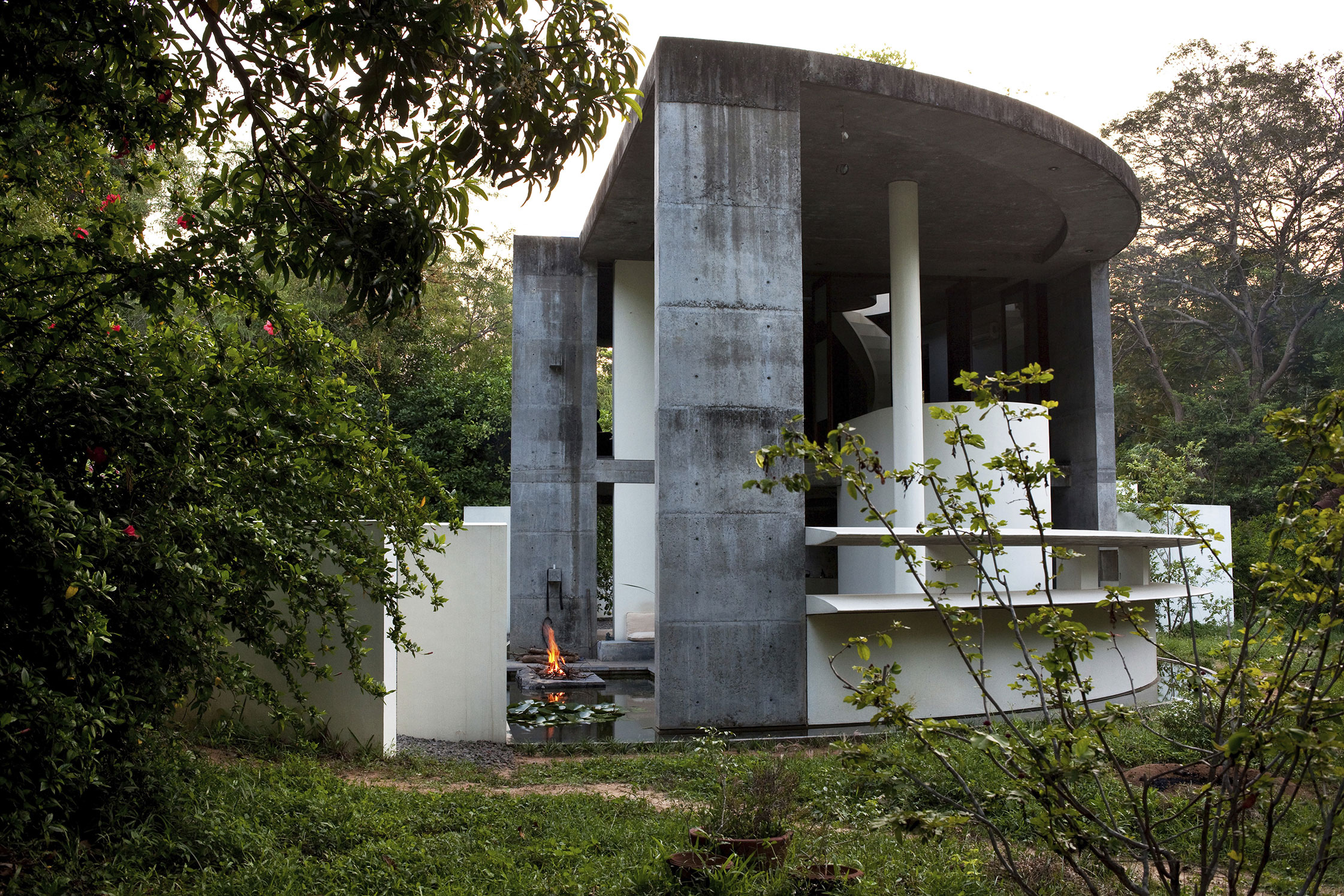
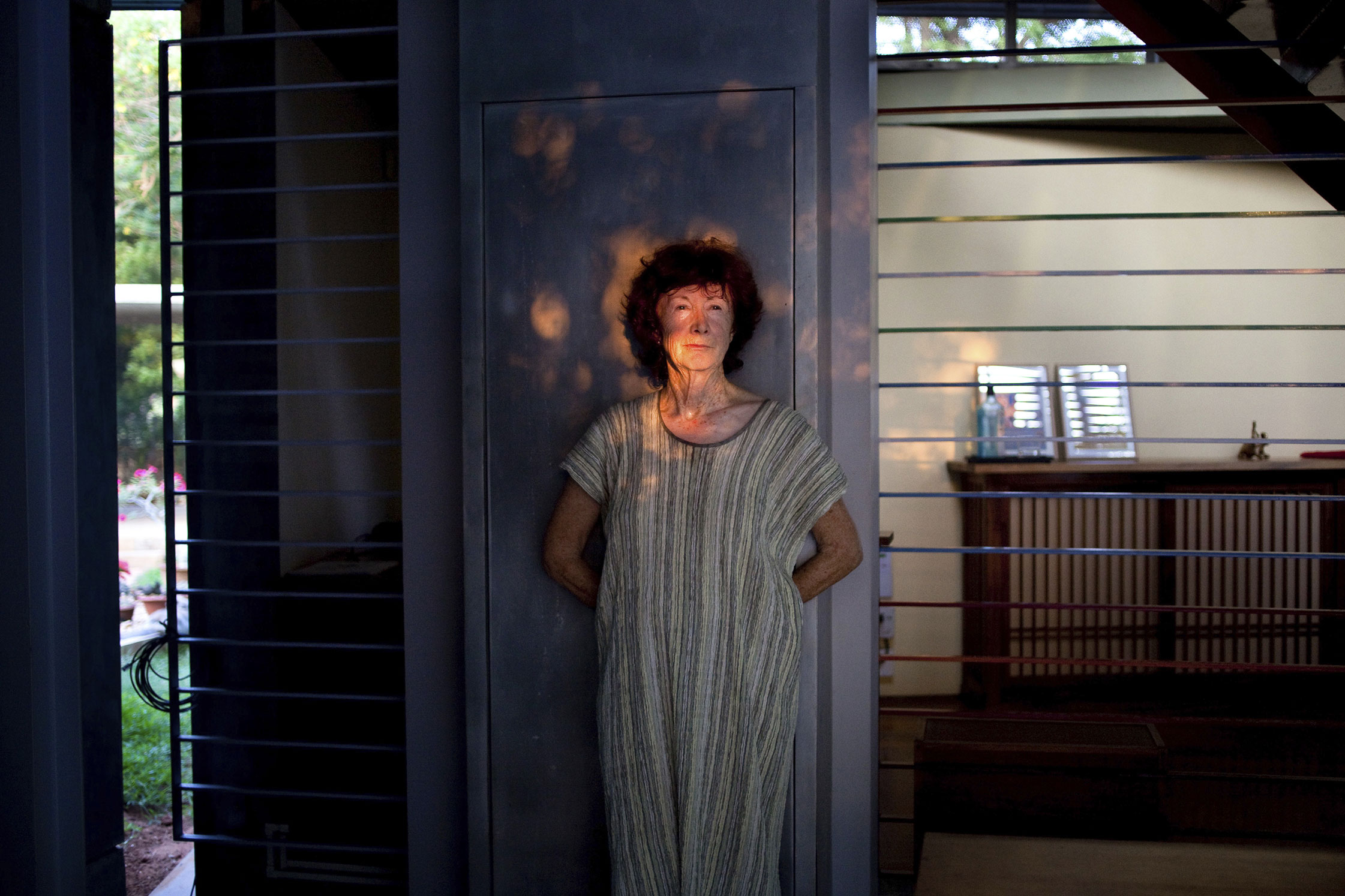
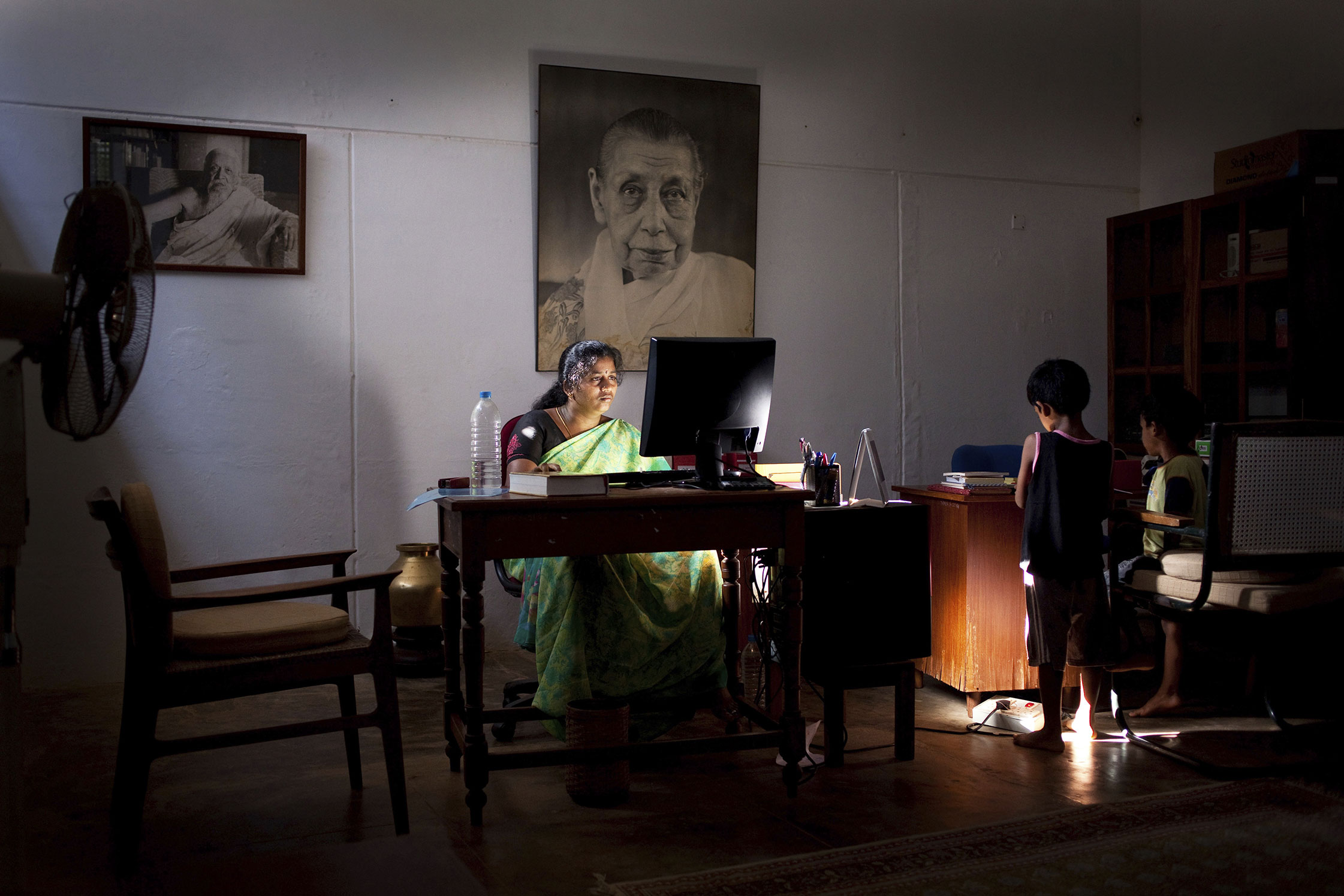
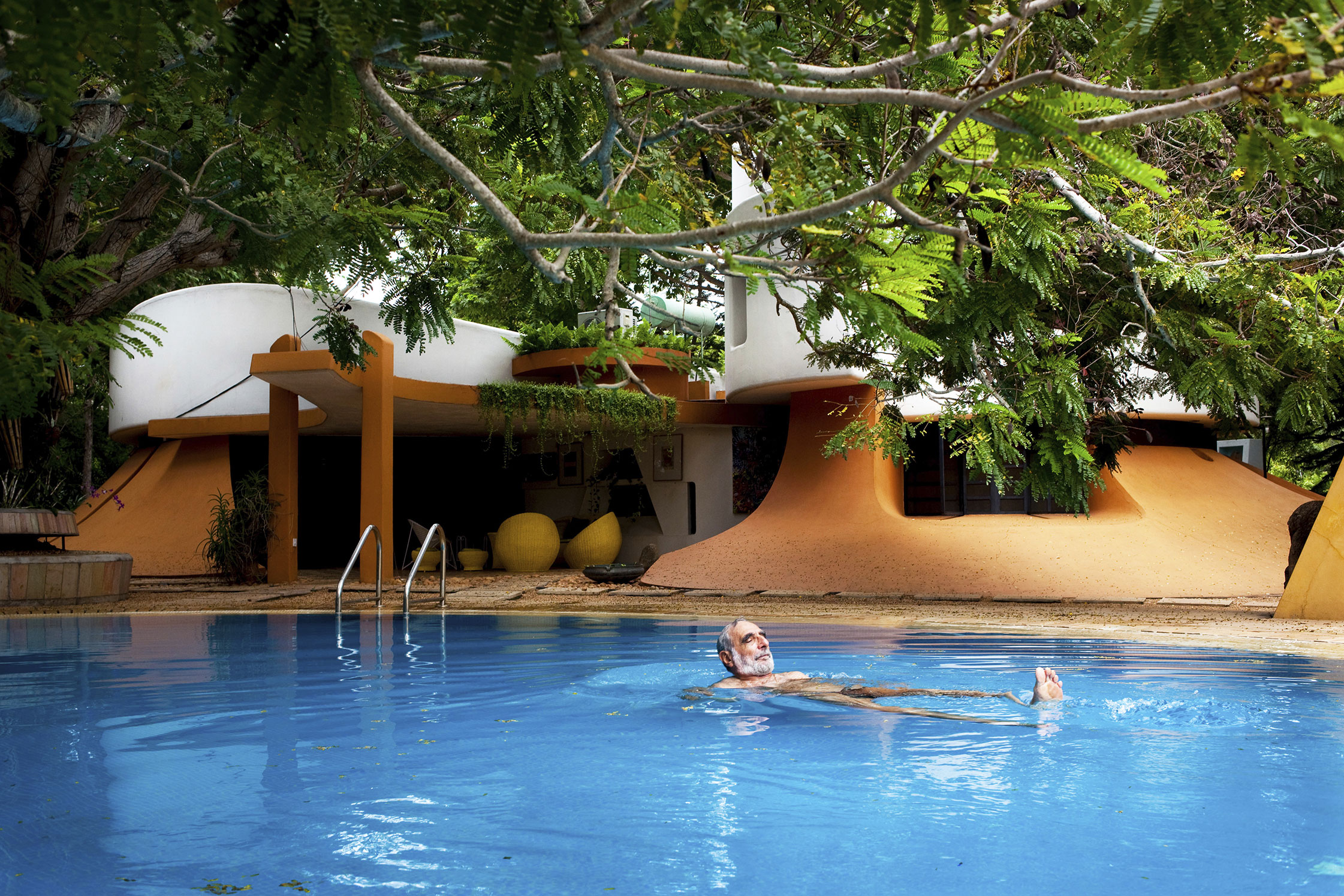
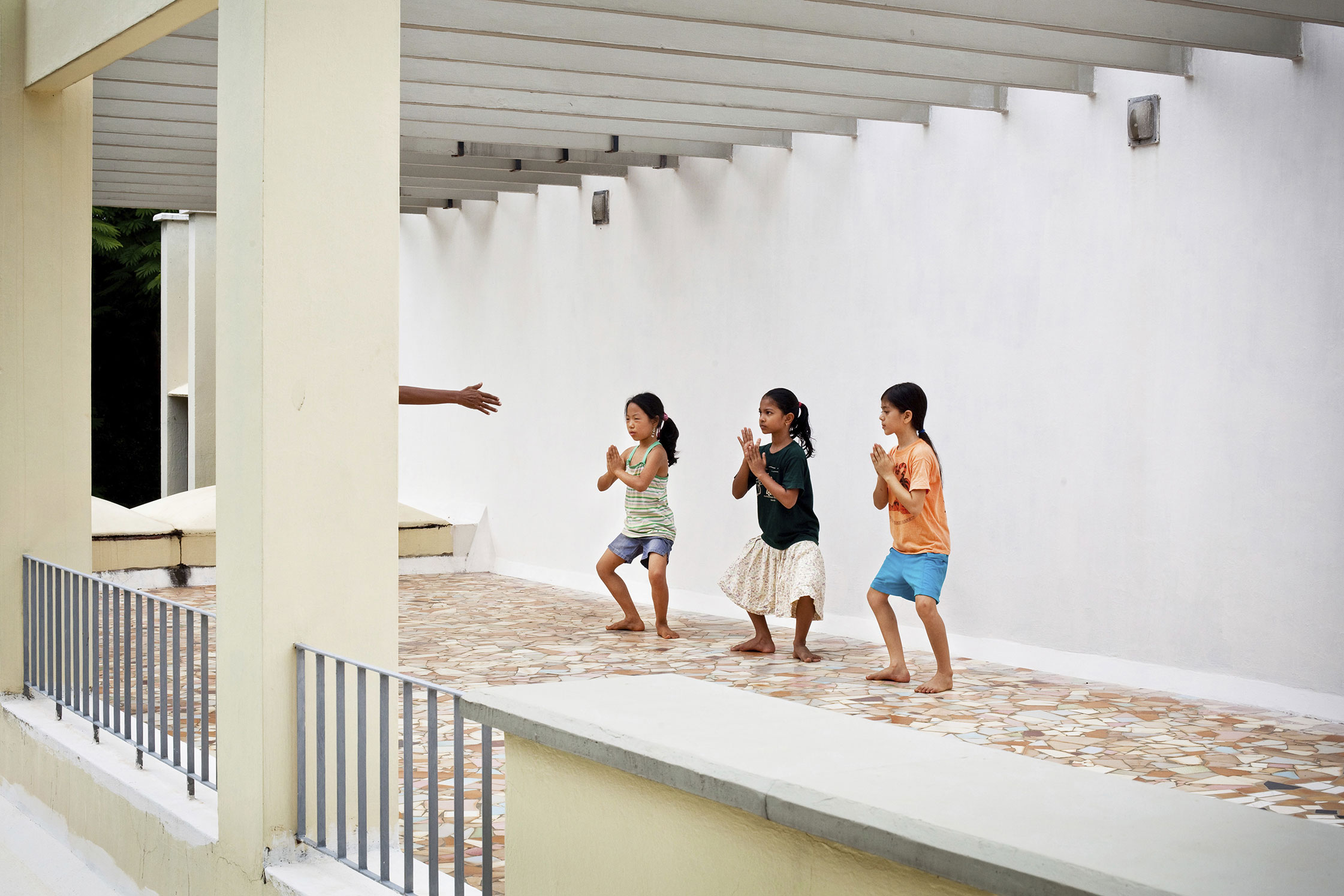
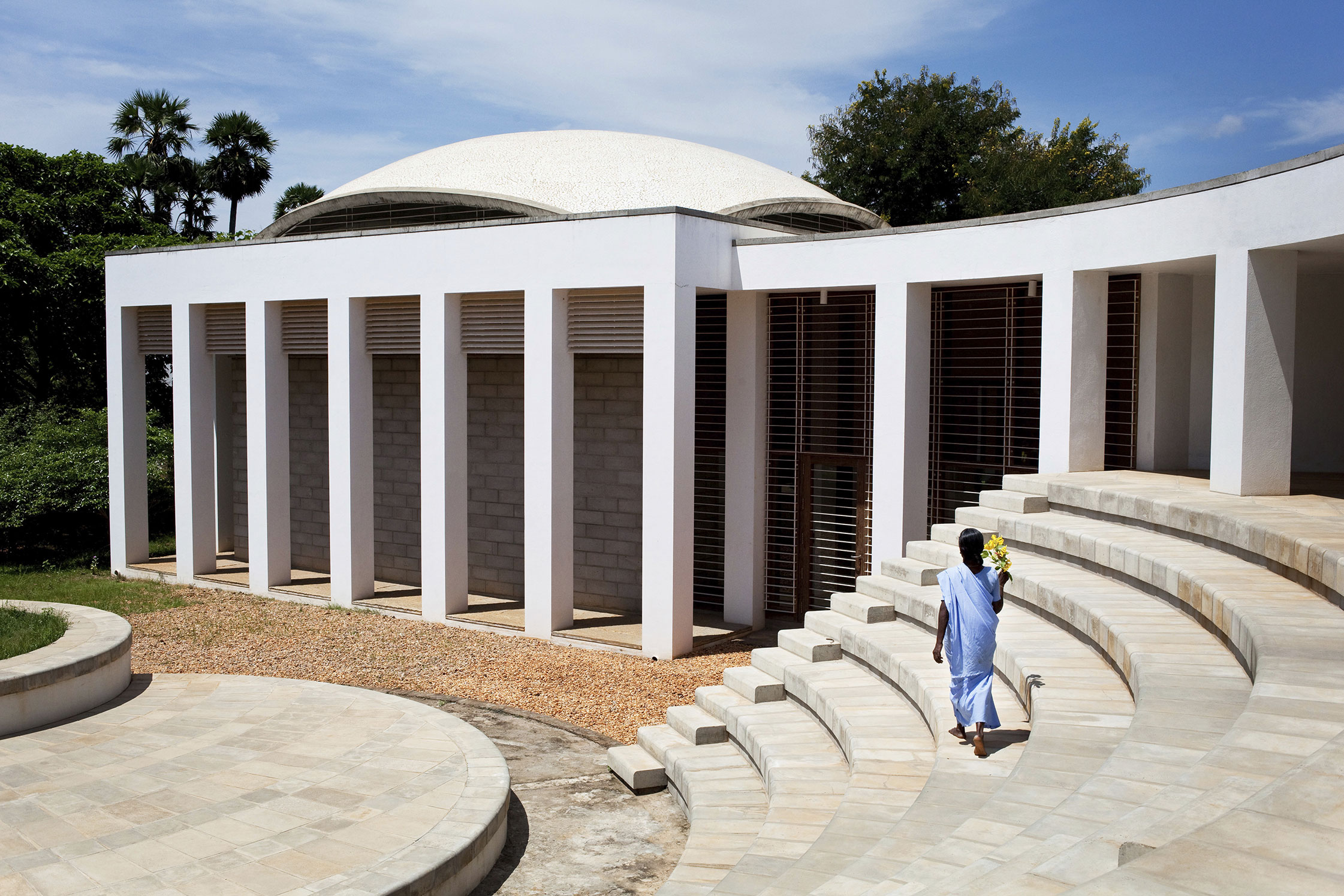
As a photographer, it begs the question, did Anne ever think about relocating to this place that feels, as she describes, like a spiritual home to her? A place she visited again after her project in 2009 and that her daughter moved to for a year now? “I must admit that the thought has stuck with me for quite a while. But today I feel I don’t necessarily have to live in Auroville to be inspired by it.” Anne seems to be living proof that the connection to a place must not necessarily be a physical one as her work and story show us that utopia might not be found on the map, but that it is rather a place in our minds.
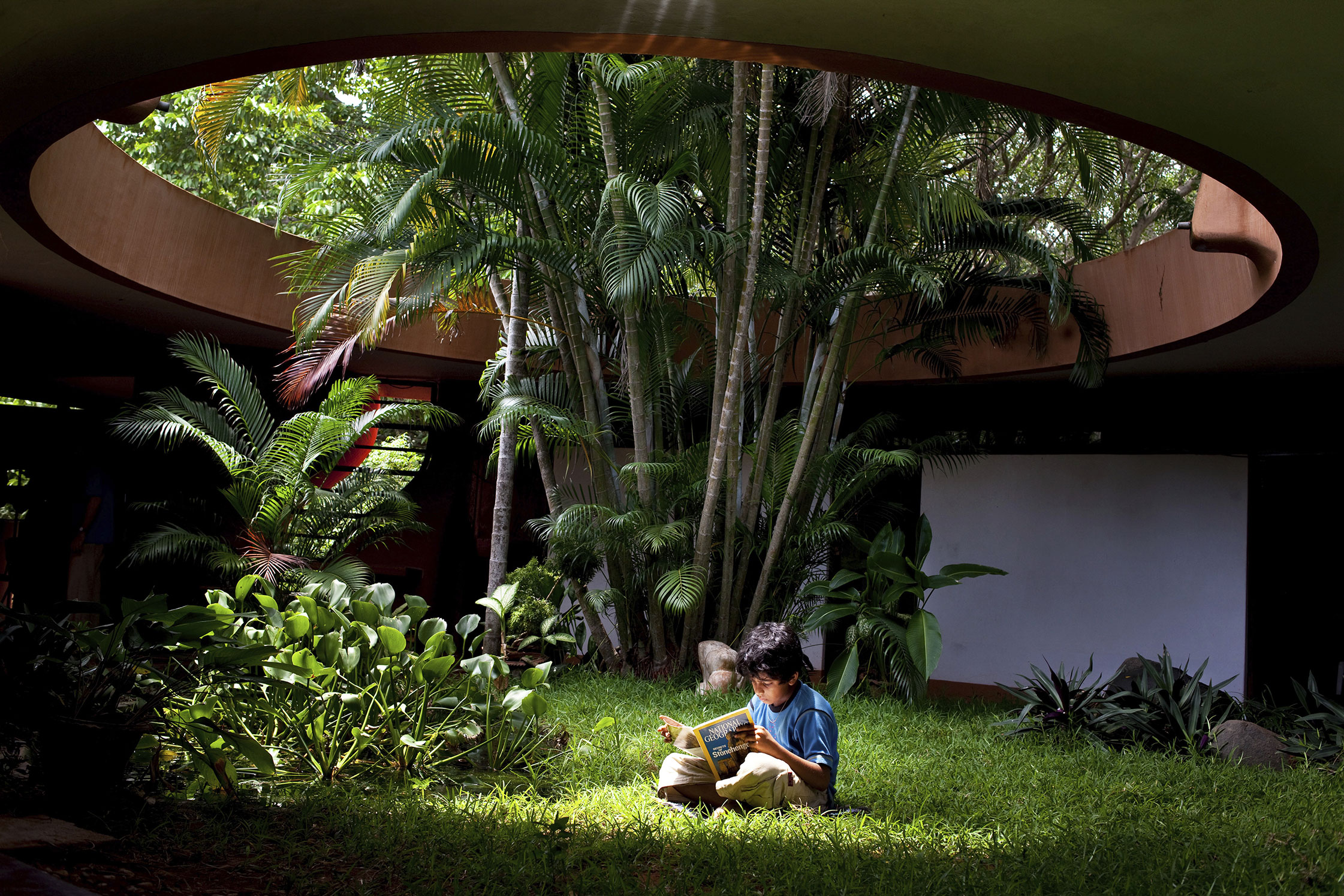
At the very beginning, school was not a duty for the kids in Auroville. “But is was actually they who demanded to be schooled at some point,” says Anne.
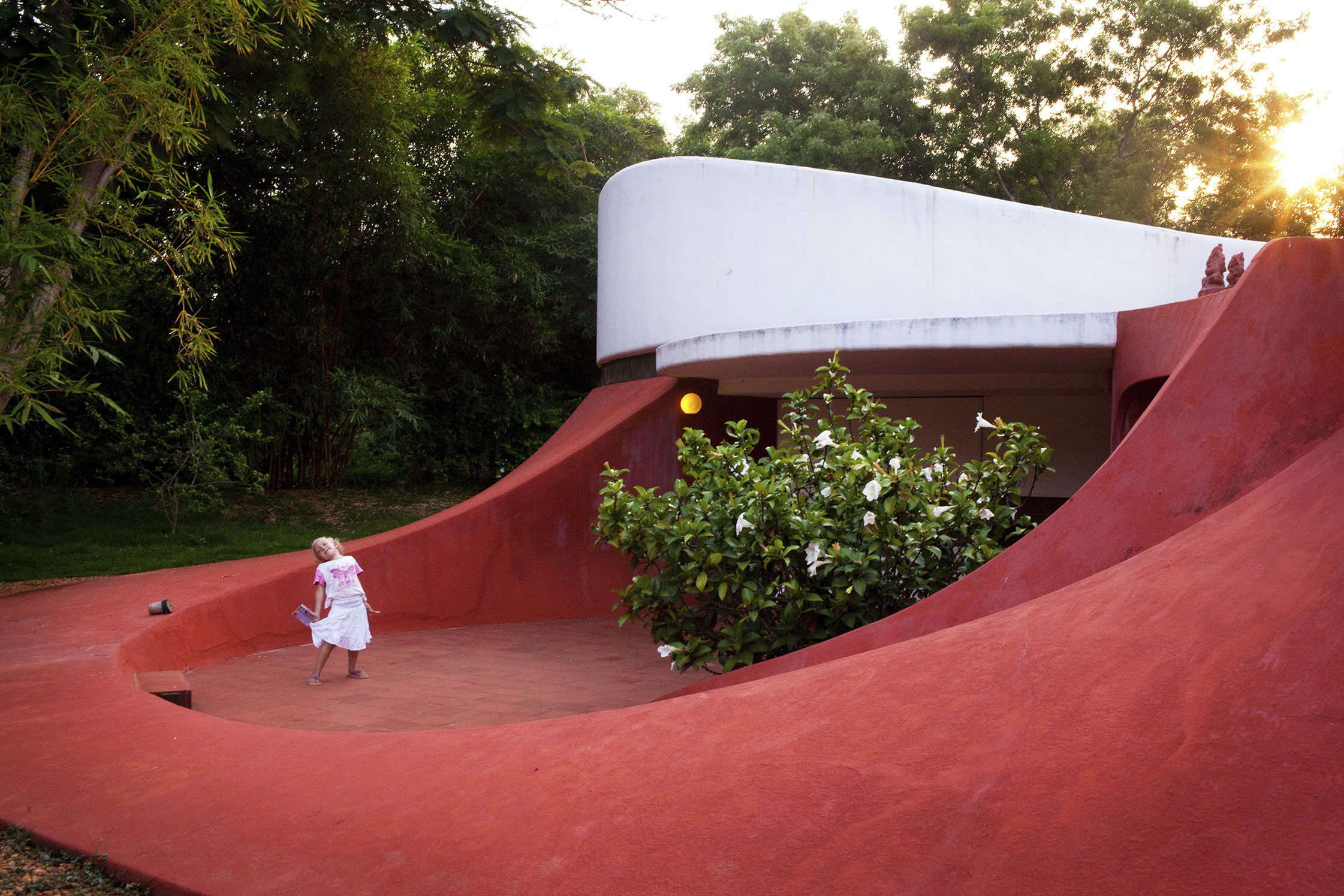
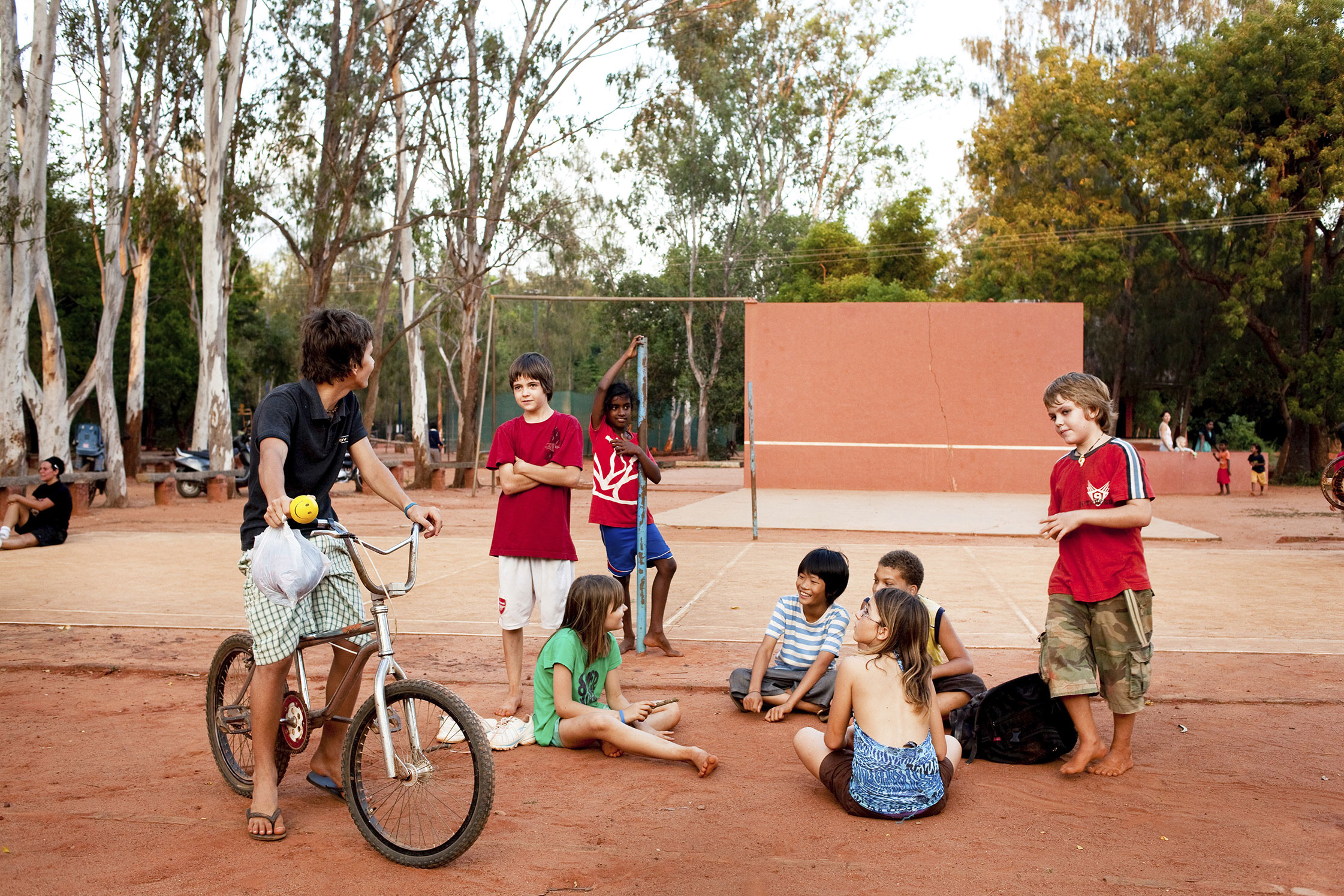
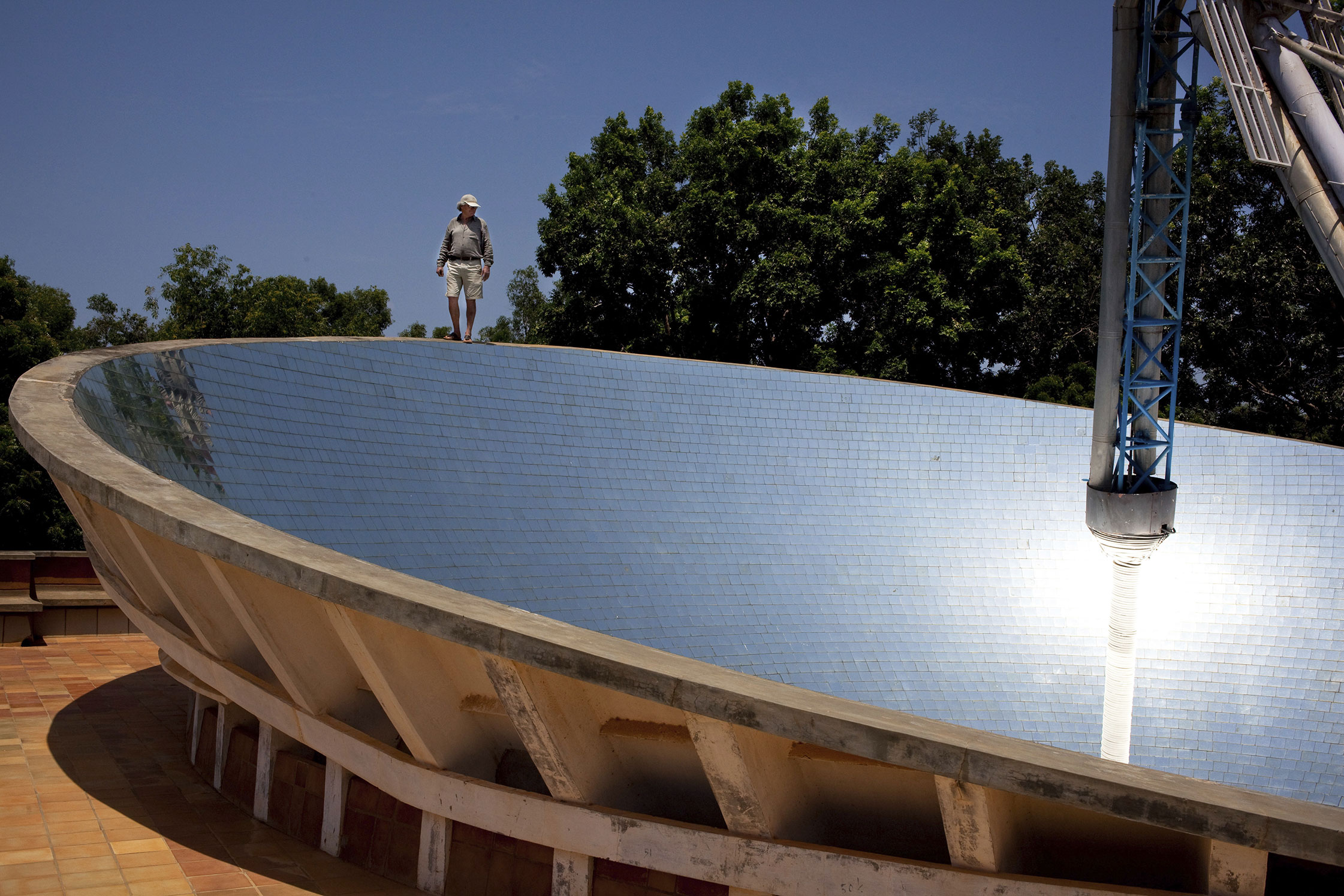
Thank you Anne,
for going back in time with us and for sharing your photos and memories from Auroville.
To see Anne’s other work, visit the website ofOstkreuz.
Ostkreuz is Germany’s most successful photographer-run agency, founded in Berlin shortly after the fall of the wall in 1990. Despite their different subjects, the work of the twenty agency members represents an originally genuine approach to photography and its entanglement with reality.
Photography:Anne Schönharting
Text:Vanessa Oberin
